With temperatures dropping, fall is a time for hearty soups, comfort food, and all the apples, pumpkin, squash, beets, broccoli and Brussels sprouts you can handle!
To help you embrace this cozy season, here is a list of my favorite fall foods and some of my favorite fall recipes to use them in.
Jump to:
Pumpkin/winter squash
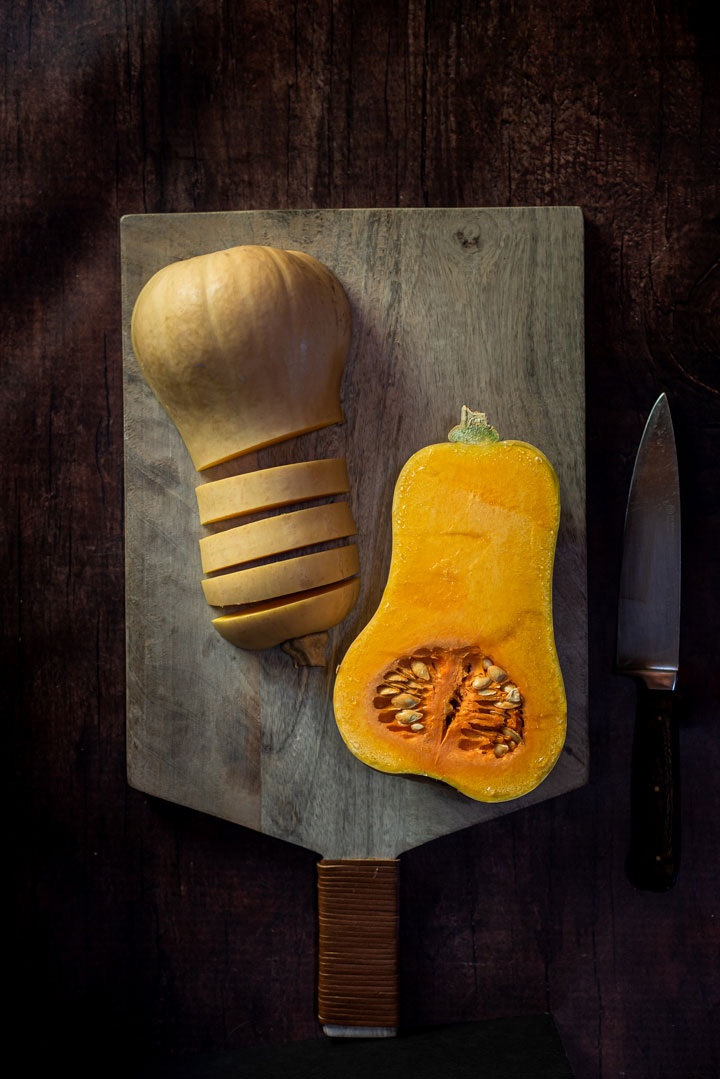
Winter squash is actually in season before the winter season begins, but gets its name from the fact that it often has a thick rind making it great for storing and enjoying all winter long.
Winter squash is a great source of fiber, potassium and vitamins A and C - all very helpful for supporting a healthy immune system during the colder months.
There are many different varieties including acorn, butternut, delicata, Hubbard, kabocha, pumpkin, and spaghetti.
They all have edible seeds so be sure to remove the seeds but don't toss them. Roast them with a little oil, salt and pepper for a tasty snack.
Most winter squash needs to be peeled, which can be done before or after cooking.
I love them roasted or pureed into soup. You can also use squash puree (like pumpkin puree!) in baked goods like pumpkin muffins or pumpkin granola. Spaghetti squash makes for a yummy veggie-filled spaghetti alternative.
Pomegranate
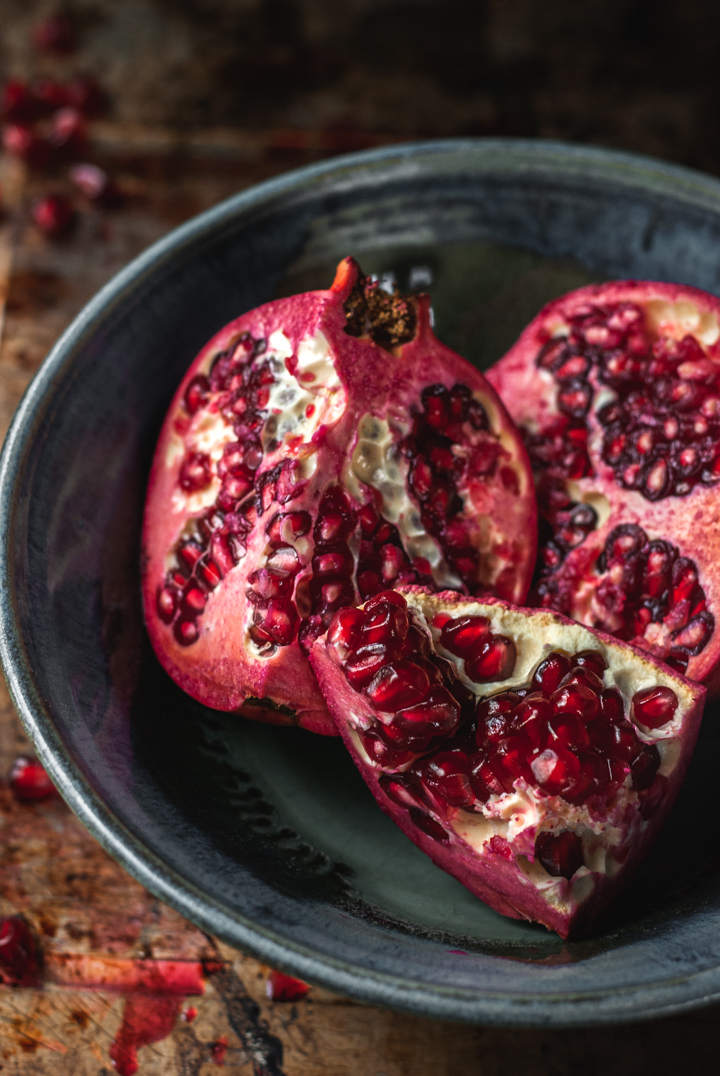
Native to the Middle East, South Asia, and the Mediterranean, pomegranates have a thick, inedible peel with hundreds of juicy seeds within.
They are quite the nutrition powerhouse and are said to contain three times more antioxidants than red wine or green tea.
This is largely due to its high content of punicalagin which has been shown to decrease inflammation and inhibit the growth of cancer cells.
The tricky part is to get at the edible seeds. There are many differing opinions regarding how pomegranates should be opened including submerging in water.
I find it easiest to cut off the cone at the top and stem at the bottom, then score along each hump (don't cut through, just score the peel). Finally, using your hands, gently pull the sections apart to reveal the seeds inside. From here, you can easily remove the seeds and enjoy!
I love to use pomegranate seeds on salads, as a garnish for really anything, in a drink or cocktail, pureed into juice or just eat them as is.
🍎Apples
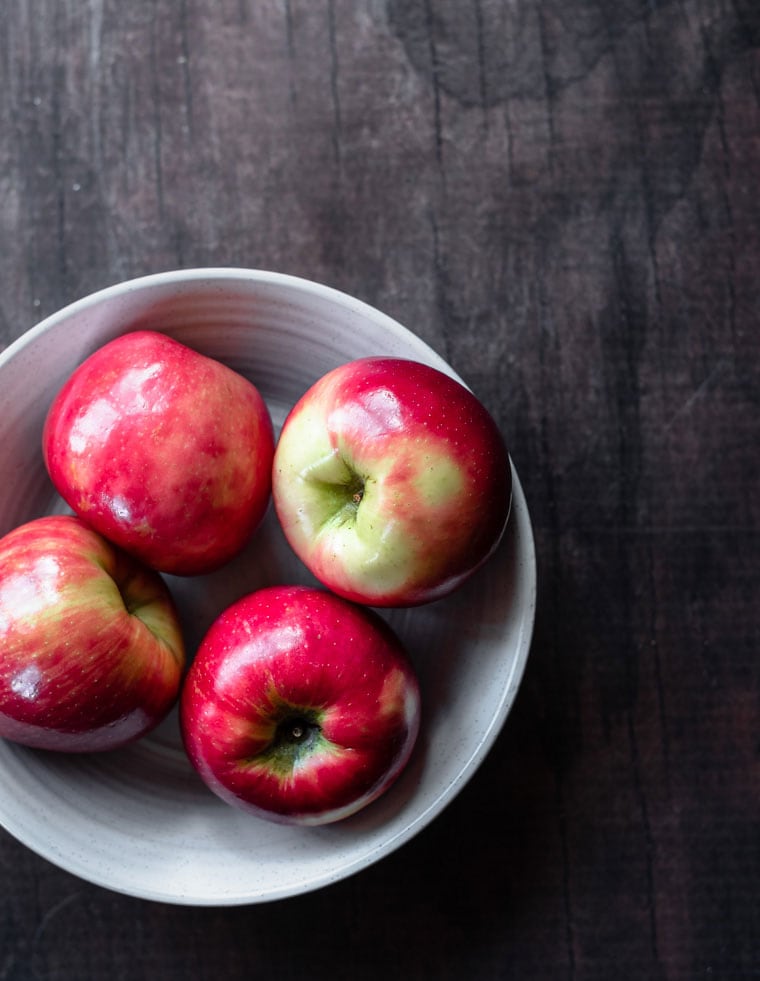
Apples are among the world's most popular fruits. They are usually eaten raw, though are delicious cooked, or turned in sauce, juice and much more.
There are over 7000 different apple varieties grown throughout the world, with only about 100 commercially grown in the US.
Apples can range from sour to tart to super sweet, and firm and crisp to juicy or soft.
Apples are high in fiber, vitamin C and other antioxidants such as quercetin.
I love simple eating apples, oftentimes with peanut or almond butter or cheese. There's also, of course, apple pie, apple crisp, baked apples and all the other wonderful apple desserts. I love using bruised or soft apples to make applesauce or even slice them thin and make crunchy apple chips.
🍐Pears
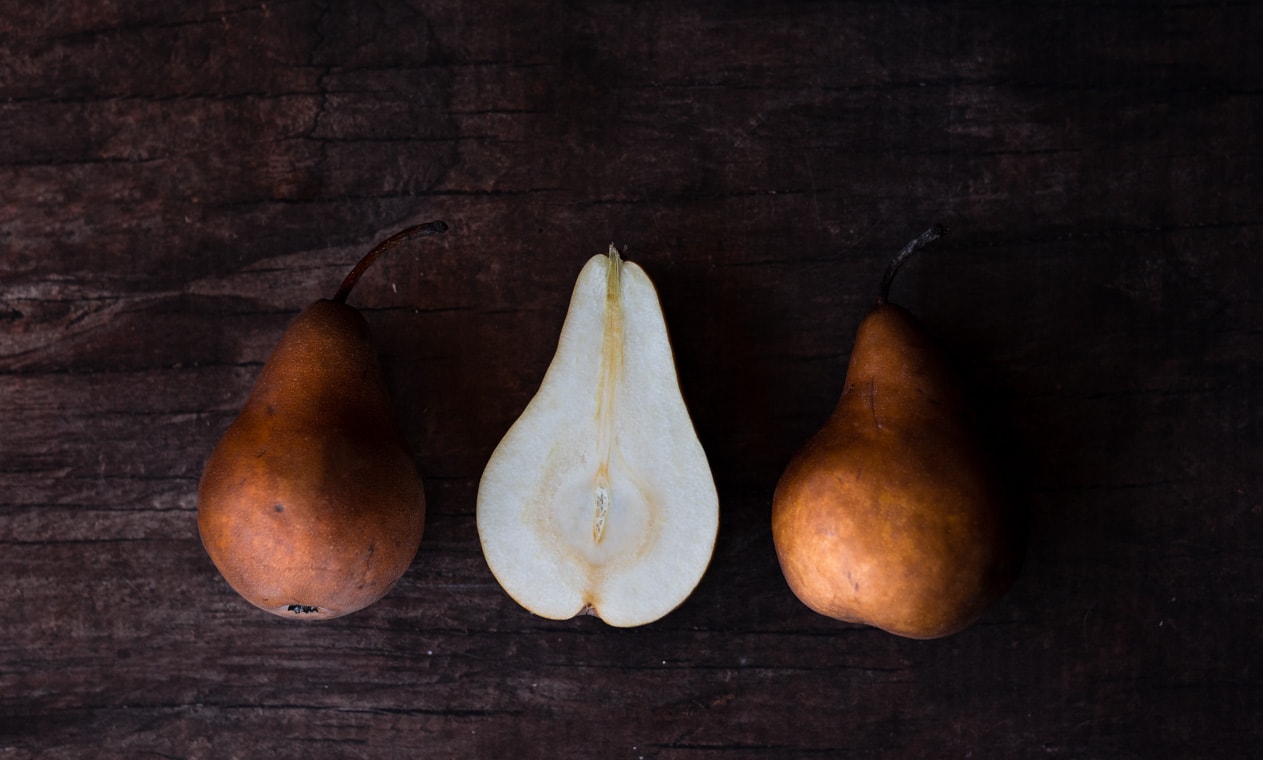
Pears come in a variety of colors that don't always indicate ripeness.
Interestingly, pears don't ripen on the tree and most of the pears you find at the grocery store are not quite ready to eat. Upon bringing your pears home, leave them on the counter to ripen, then store them in the refrigerator.
Test for ripeness by applying gentle pressure to the neck of the pear with your thumb. It's ready if it yields there.
Pears are an excellent source of both soluble and insoluble fiber making them great for digestive regularity but keep in mind that most of the fiber is found in the skin, so make sure to eat it with the peel.
I love to eat pears like apples, simply sliced and enjoyed. But they're also great in many cooked dishes, especially paired with pork and strong flavors like blue cheese. Try adding them to your salad, caramelize them to top your oatmeal, roast them with parsnips or turn them into a delicious dessert, like poached pears.
Brussels sprouts
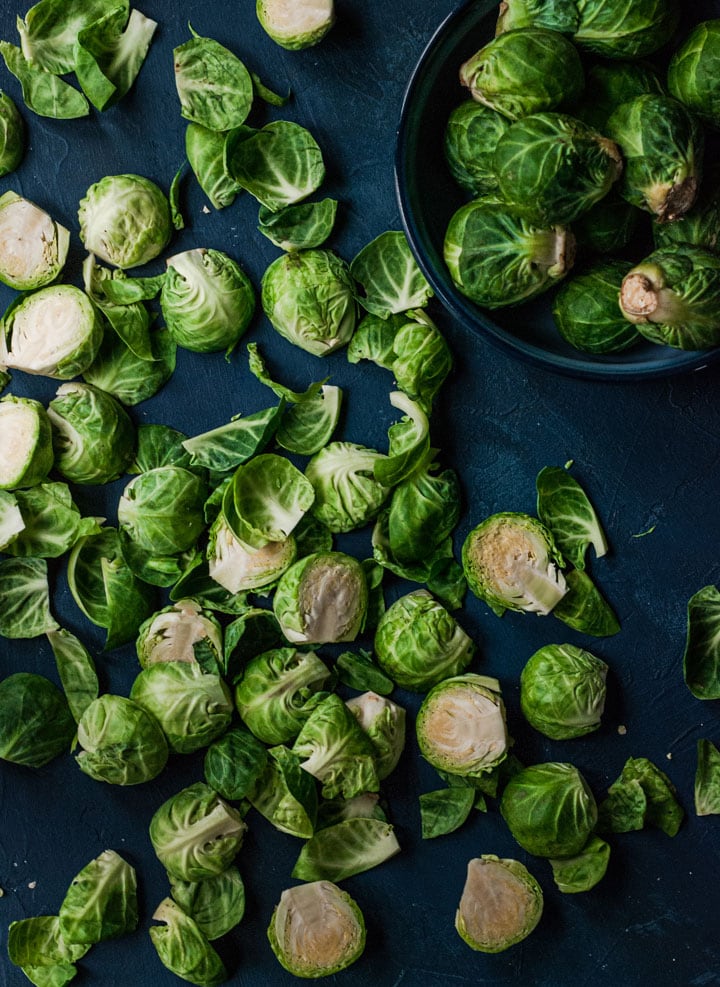
Brussels sprouts are a member of the Brassicaceae family and are closely related to cabbage, kale and cauliflower.
When buying Brussels sprouts, look for firm, brightly colored sprouts. Get them in season (October through December) for the best quality and store them in a perforated bag in the vegetable drawer.
While they taste similar to cabbage, they're milder in flavor. When cooking, take care not to overcook them as they'll turn olive green and will add an unpleasant sulfurous odor to your kitchen.
Brussels sprouts are high in vitamin K, vitamin C and fiber.
They are delicious halved and sauteed with oil until crispy (make sure not to crowd the pan) or roasted. They can also be shredded and used in a salad or stir-fry.
Beets
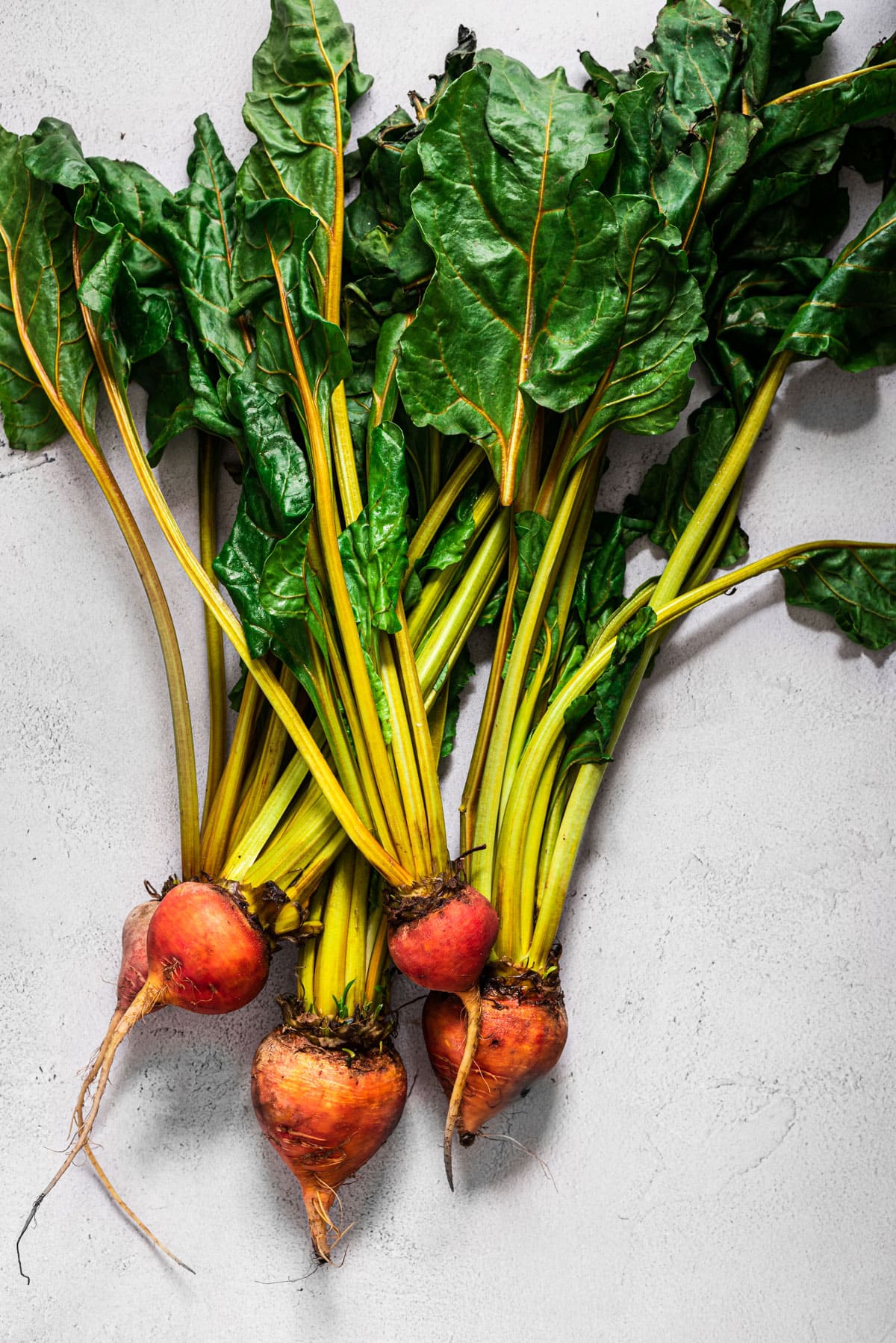
Beets, a.k.a table beets, or beetroot is a root vegetable that's best known for its vibrant red color.
They are high in fiber, folate and manganese and the pigments that give beets their bright color are antioxidants that may help reduce the risk of cancer.
Beets also naturally contain nitrates-different from those found in cured meats-that have been shown to improve energy, boost athletic performance and reduce cholesterol levels. The nitrates in beets turn into nitric oxide in our bodies relaxing blood vessels, improving blood flow, and lowering blood pressure.
Beet greens are equally, if not even more, nutritious than beetroot. They are high in fiber, vitamins A, C, and K, riboflavin, calcium, iron and plenty more. The nutrients in beet greens (and beets) can help strengthen your immune system and keep you regular.
Beets can be eaten raw, roasted, boiled, baked, steamed, sautéed or even made into chips. They have a sweet, earthy flavor.
The leaves and stems of beets are also edible but should be removed for storage as the leaves will draw out moisture from the beetroot. The greens are great sauteed with oil and garlic or can be used instead of chard or spinach in most recipes.
Learn more about beets in our Beet Spotlight.
🥕Carrots
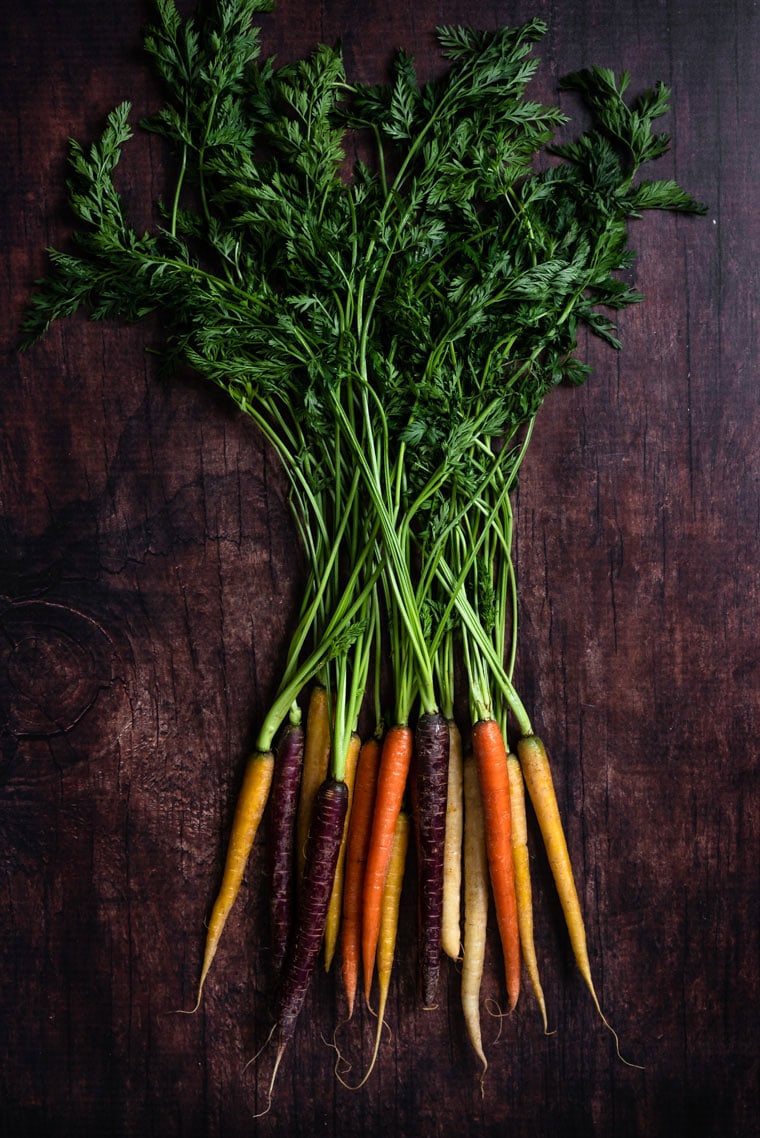
Carrots are well-known for their vision-supporting nutrient, vitamin A, but it may not be known that they come in a variety of colors with edible greens.
The carrot is an incredibly versatile vegetable that can be eaten raw or cooked. Enjoy them raw as a snack, chop/slice them up and roast them, or shred them and use in a slaw or salad. They can be steamed, roasted, grilled, sautéd, or boiled.
Carrot tops taste somewhat like a mix of carrots and parsley. The greens are lacy, feathery, and have a grassy smell and flavor. They can be eaten raw in salads (though they can be quite bitter), blanched, sauteed with garlic and olive oil. Or add the carrot greens to soups or try a carrot top pesto.
Be sure to store the carrot greens and roots separately as the greens will draw moisture from the carrot.
Learn more about carrots in our Carrot Spotlight.
Cauliflower
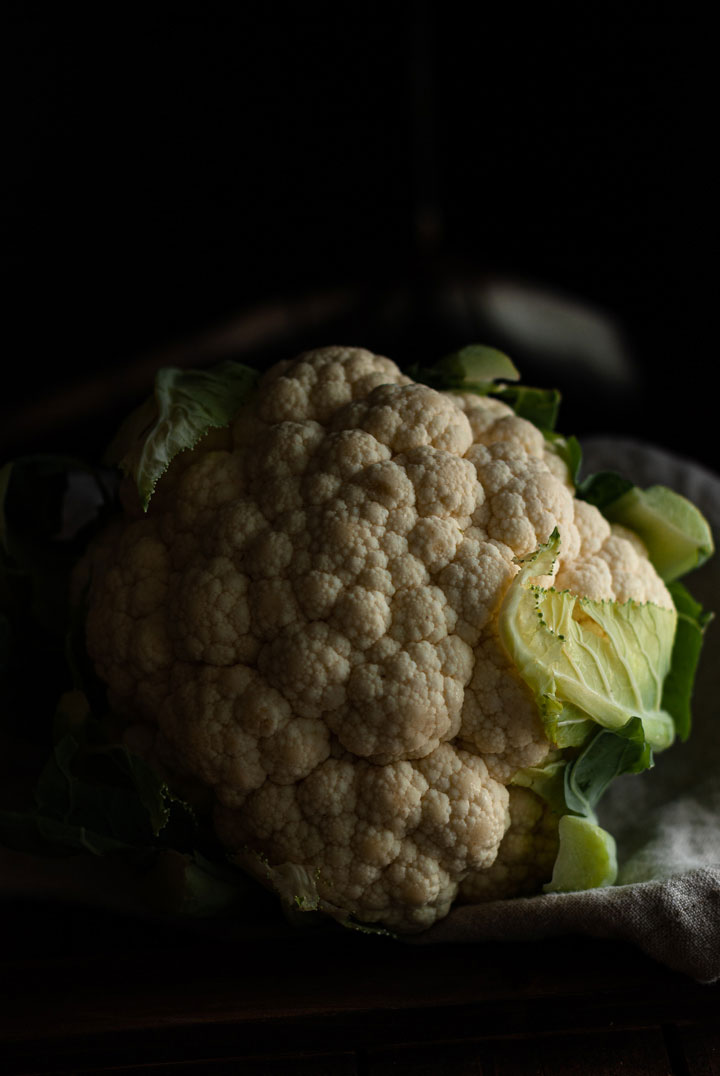
Some would argue this veggie is one of the most versatile vegetables. It can be roasted, mashed, fried, turned into "steaks", even made into rice.
It pairs with so many different flavors and from raw in a salad to caramelized or pureed into soup, cauliflower is absolutely delicious.
As part of the cruciferous veggie family, cauliflower contains antioxidants like glucosinolates and isothiocyanates, two groups that have been shown to slow the growth of cancer cells. Cauliflower is also high in vitamin C and fiber.
It's available year-round, but fall is the peak season. And be sure to use the leaves and stems too! The leaves are a great addition to any lettuce salad and the stems can be used the same as the florets.
Parsnips
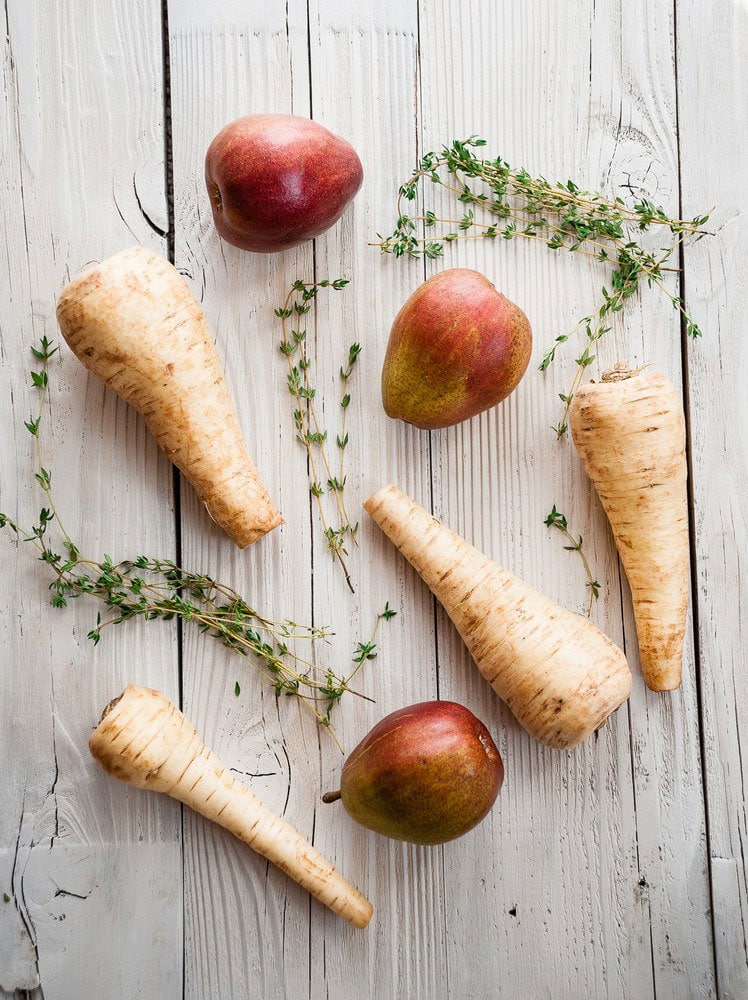
Often mistaken as a white carrot, parsnips are part of the parsley family and have a lovely starchy texture that works well blended into soups or roasted with other root vegetables. Parsnips taste similar to carrots and are sweet, but have an earthier, nutty flavor.
Young, small parsnips don't need to be peeled, but be sure to scrub them clean. Older parsnips often have a tougher peeling and may benefit from a quick peel (though you can turn those peelings into delicious crisps by drizzling with oil and roasting).
Like apples, parsnips oxidize as soon as they're cut or peeled, so be sure to use or cook them right away to prevent browning. You can also place them in a bowl of water with fresh lemon to keep them from discoloring.
You can cook parsnips the same way you would carrots, and they are wonderful paired with other root vegetables.
Parsnips are high in fiber and are a great source of vitamins C and K, as well as folate.
🥔Potatoes
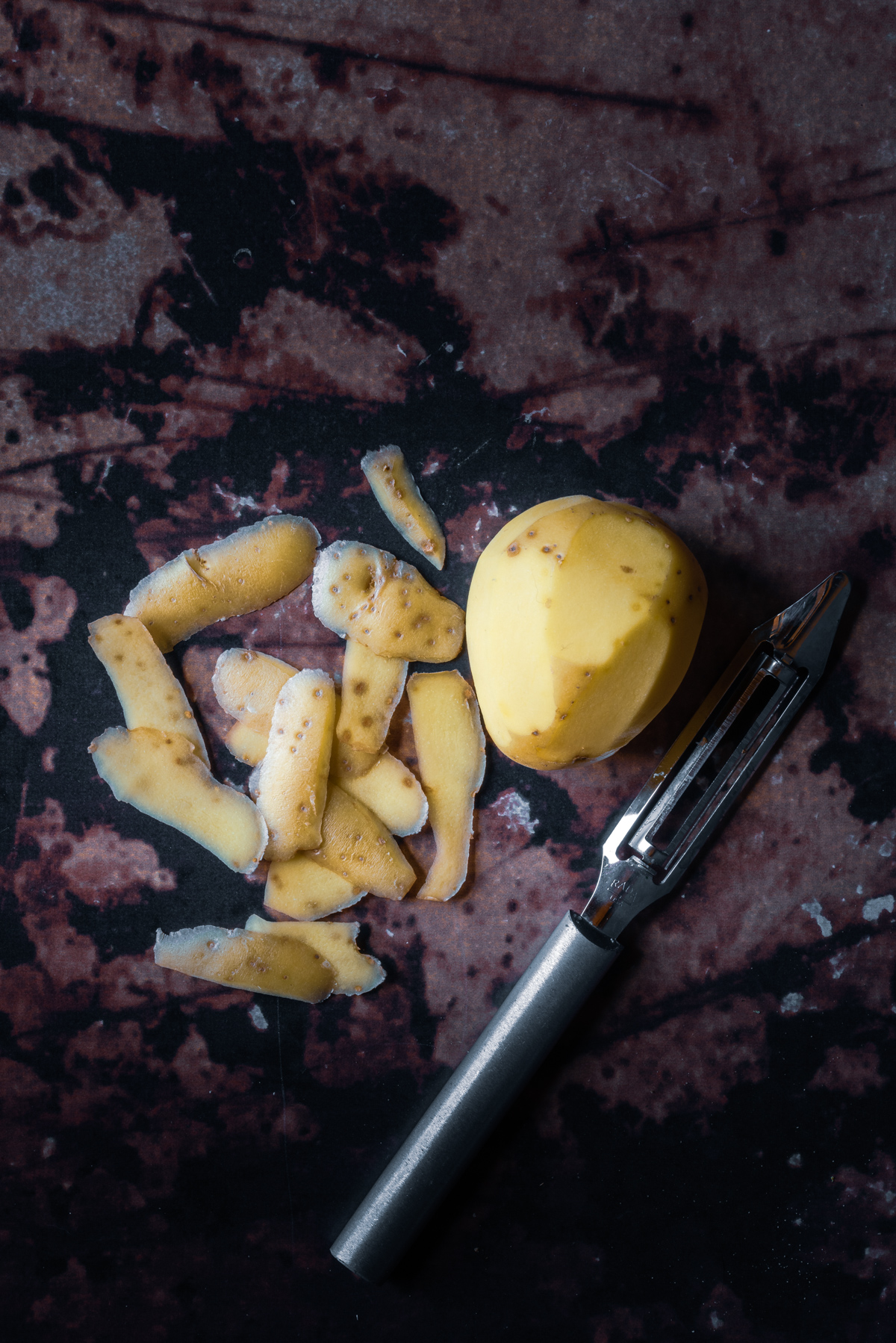
There are more than 4000 varieties of potatoes. But in general, they can be broken up into three main categories: waxy, starchy, and all-purpose. And different potatoes work well for different types of potato dishes.
Starchy potatoes work great for baking or frying and waxy potatoes, which hold their shape better, are great when stewed, scalloped or roasted.
To name a few, red potatoes are waxy and work great when roasted or added to potato salad or casserole.
Russet potatoes are starchy and are the best for mashed potatoes.
Yukon gold is an all-purpose potato variety and can work well in just about any potato dish.
And the Jewel yam, actually a sweet potato is both sweet and starchy and is great as a mashed sweet potato.
Potatoes are part of the nightshade family and, in general, are high in potassium and vitamin C. Because of their bright orange color, sweet potatoes are high in vitamin A.
The skin is high in fiber and is edible! For most potato dishes, the skin can be left on, but if you do decide to peel them, just be sure not to toss the peels. Drizzle them with some oil and season with salt and pepper. Then toss in the oven and bake until crisp.
Autumn has so much to offer
With the fall season in full swing, embrace the flavors of this cozy season and start incorporating some of these yummy fall foods into your life!
What are your favorite fall foods?


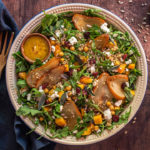

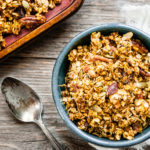

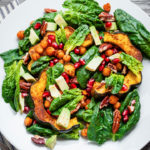
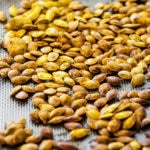

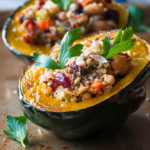
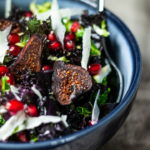

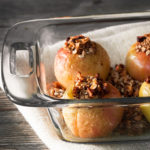
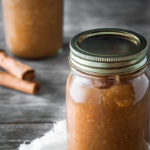
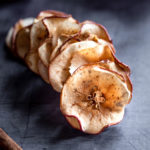
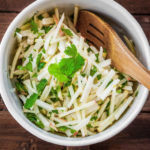
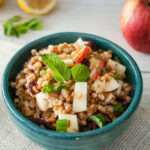
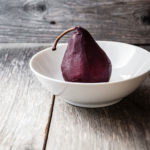
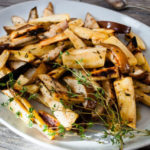


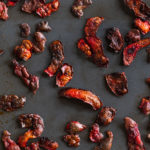
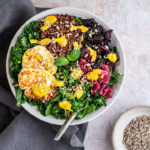
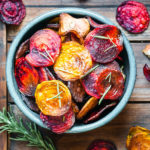
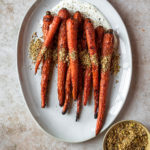
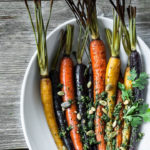



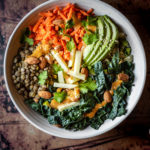

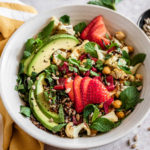



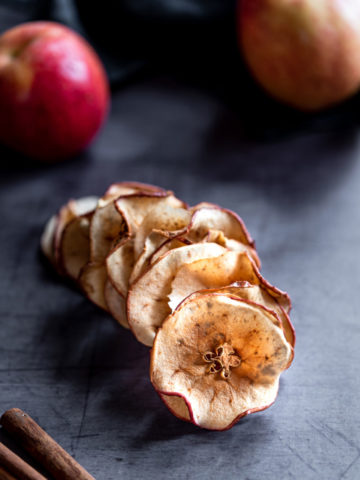
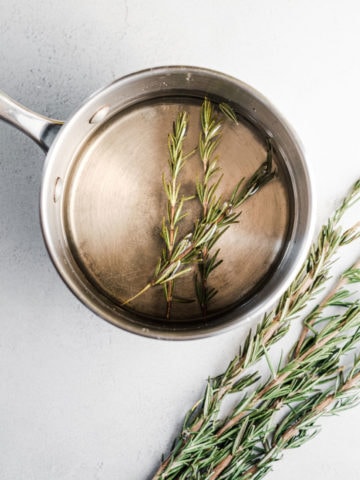
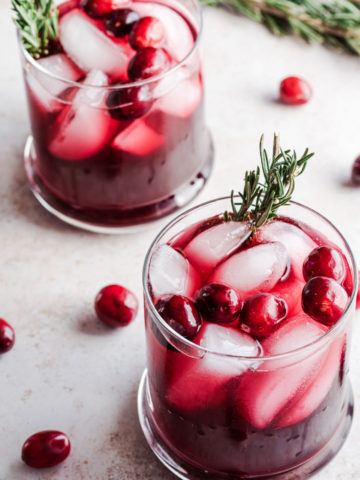
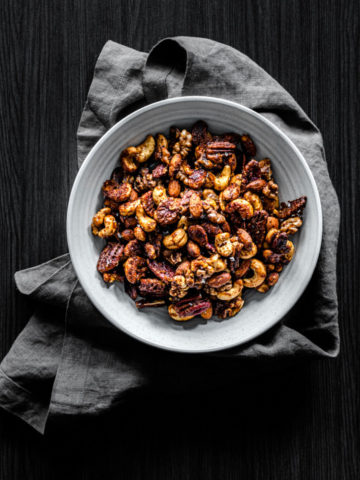
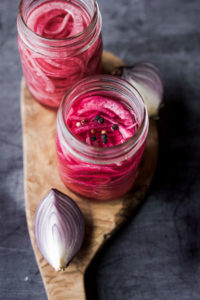
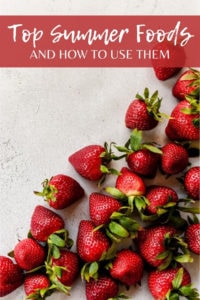
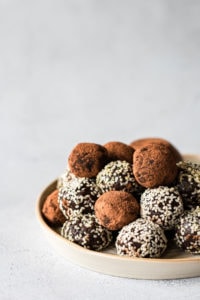

Leave a Reply